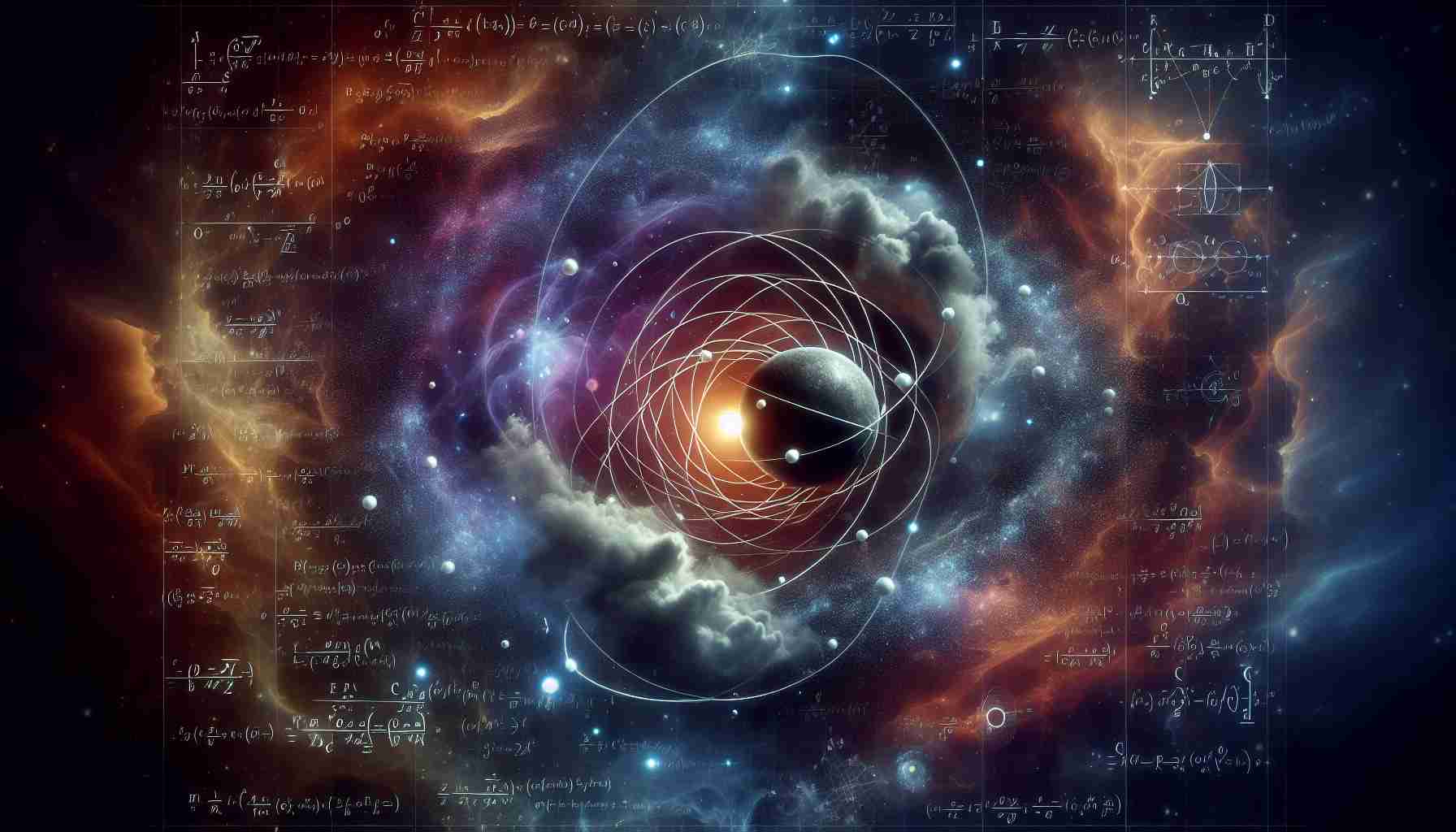A century ago, physics experienced a rapid succession of breakthroughs that revolutionized our understanding of the universe. However, in recent times, the field seems to have reached a plateau. The same fundamental questions that perplexed scientists a century ago continue to puzzle us today. In particular, the mysteries of dark matter, the true meaning of quantum mechanics, and the elusive harmony between gravity and quantum physics have remained unsolved.
Recently, a glimmer of hope emerged with the work of Jonathan Oppenheim, a professor of quantum theory at University College London. Oppenheim’s unique perspective caught my attention as we both share an intellectual history of studying black holes and the information paradox surrounding them. While our paths diverged in terms of the root cause of the problem, Oppenheim’s proposal to blame gravity offers an intriguing possibility.
Oppenheim suggests a straightforward yet radical idea: introduce randomness into gravity, akin to the inherent unpredictability of quantum mechanics. Unlike other fundamental forces, such as electromagnetism and the strong and weak nuclear forces, which are described by quantum processes, gravity remains a classical theory, as described by Einstein’s general relativity. It adheres to determinism, where future events can be deduced from past events. In contrast, quantum mechanics embraces randomness and inherent uncertainties.
Einstein, a staunch supporter of determinism, believed that the randomness of quantum mechanics indicated a fundamental incompleteness in the theory. His hope was to find a classical theory that could fully explain the workings of the universe. Despite the empirical success of general relativity, it fails to address certain situations that occur in nature where quantum properties are at play.
For example, consider the famous double-slit experiment with electrons. These particles exhibit wave-particle duality, meaning they can pass through both slits simultaneously. However, if electrons possess mass, which generates a gravitational pull, how does general relativity account for their simultaneous presence in two places? The theory falls short in providing an answer.
Similar difficulties arise when attempting to understand phenomena like black holes and the Big Bang. Einstein’s mathematics simply cannot handle these extreme cases. Physicists have long sought a theory that can reconcile quantum mechanics with gravity, known as “quantum gravity.”
While attempts were made in the 1930s to formulate a quantum theory of gravity, these efforts ultimately failed. Richard Feynman and Bryce DeWitt, among others, explored the possibilities of quantizing gravity using existing mathematical frameworks. Unfortunately, the resulting theory, known as perturbatively quantized gravity, proved inadequate when extended to extreme scenarios.
Despite the challenges, Oppenheim’s proposal to introduce randomness into gravity opens up fresh avenues of exploration. By embracing the unpredictable nature of quantum mechanics and merging it with gravity, we may finally find a solution to the long-standing problems that have plagued physicists for a century. Although the road ahead may be arduous, with Oppenheim’s work as inspiration, we can renew our efforts to unravel the mysteries of the universe and forge a new understanding of physics.
FAQ Section:
1. What are the main unsolved mysteries in physics?
The main unsolved mysteries in physics include the nature of dark matter, the true meaning of quantum mechanics, and the reconciliation of gravity with quantum physics.
2. Who is Jonathan Oppenheim?
Jonathan Oppenheim is a professor of quantum theory at University College London. He has made contributions to the study of black holes and the information paradox surrounding them.
3. What is Oppenheim’s proposal to solve the mysteries of physics?
Oppenheim proposes introducing randomness into gravity, similar to the inherent unpredictability of quantum mechanics. This could potentially reconcile quantum mechanics with gravity and provide solutions to long-standing problems in physics.
4. What is the difference between quantum mechanics and general relativity?
Quantum mechanics is a theory that describes the behavior of particles at the microscopic level and embraces randomness and inherent uncertainties. General relativity, on the other hand, is a classical theory that describes gravity and adheres to determinism, where future events can be deduced from past events.
5. Why does general relativity fail to address certain situations?
General relativity fails to address certain situations, such as the behavior of particles with both wave-like and particle-like characteristics (wave-particle duality) and extreme scenarios like black holes. The theory is insufficient when it comes to incorporating quantum properties.
Key Terms:
1. Dark matter: A hypothetical form of matter that is thought to make up a significant portion of the total mass in the universe but does not emit, absorb, or interact with light or electromagnetic radiation.
2. Quantum mechanics: A branch of physics that deals with the behavior of particles at the atomic and subatomic level and involves the principles of wave-particle duality, superposition, and uncertainty.
3. General relativity: Einstein’s theory of gravity that describes the gravitational force as the curvature of spacetime caused by mass and energy.
4. Determinism: The philosophical concept that all events, including future events, are determined by preceding events and the laws of nature.
Related Links:
Physics World
Nature – Physics
The source of the article is from the blog radardovalemg.com

